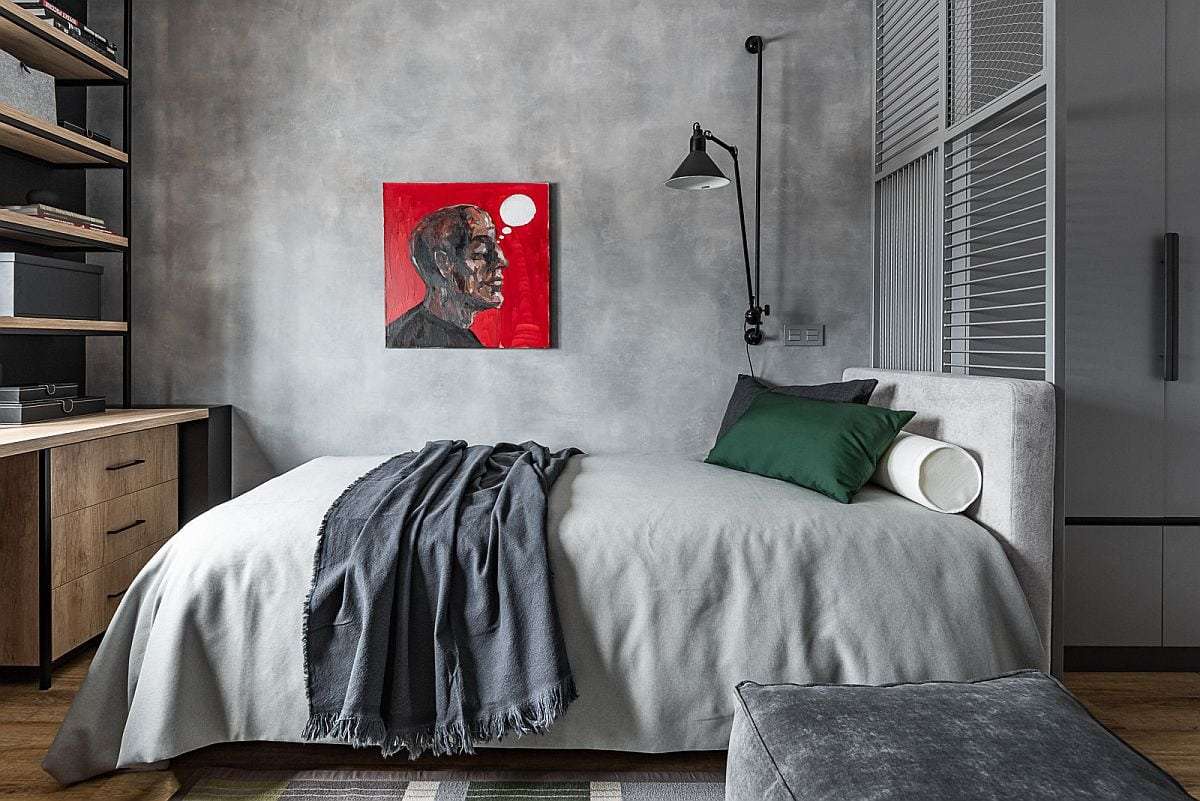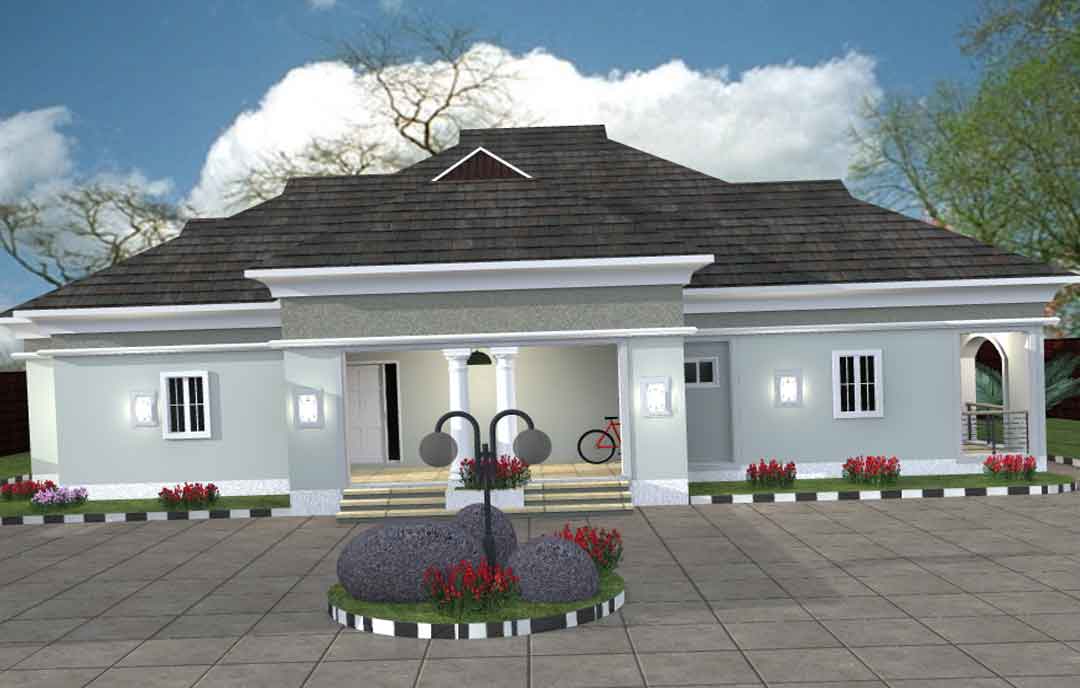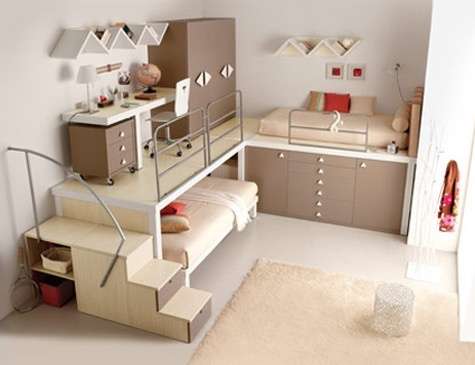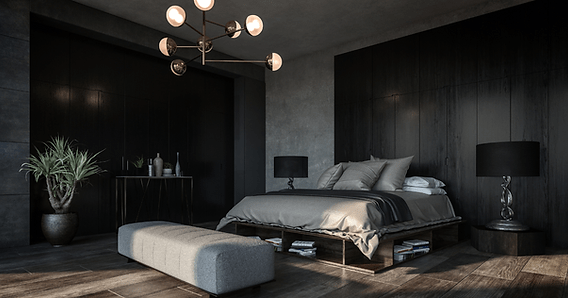The world of interior design offers a vast array of styles, but few achieve the harmonious balance and timeless appeal of the transitional bedroom. This design approach seamlessly blends the comfort and familiarity of traditional elements with the clean lines and contemporary touches of modern aesthetics. Creating a space that feels both inviting and sophisticated, the **interior design transitional style bedroom** offers a sanctuary that is both relaxing and visually stimulating. It’s about finding the perfect equilibrium, a sweet spot where the old and the new coexist in perfect harmony, resulting in a space that truly reflects your personal style and preferences.
Understanding the Essence of Transitional Style
Transitional style isn’t about adhering to strict rules; it’s about curating a space that feels authentic and personal. Think of it as a bridge between two worlds, thoughtfully connecting classic and contemporary elements.
- Color Palette: Neutral tones are the foundation – think creams, grays, and soft beiges. These create a calming backdrop that allows textures and accent colors to shine.
- Furniture: Opt for pieces with clean lines but softened edges. Upholstered headboards, comfortable armchairs, and solid wood dressers are excellent choices.
- Fabrics: Embrace a mix of textures, such as linen, velvet, and silk. Patterned fabrics can add visual interest, but keep them subtle and sophisticated.
- Accessories: Less is more. Choose a few carefully selected accessories that reflect your personality and add a touch of elegance.
Key Elements of a Transitional Bedroom
Creating a truly exceptional transitional bedroom involves paying attention to the details. Here are some key elements to consider:
Lighting
Lighting plays a crucial role in setting the mood. Incorporate a mix of ambient, task, and accent lighting. Table lamps with linen shades, recessed lighting, and a statement chandelier can all work together to create a warm and inviting atmosphere.
Textiles
Layering textiles is essential for adding depth and comfort. A plush rug, a cozy throw blanket, and decorative pillows in varying textures can transform the feel of the room.
Artwork and Décor
Choose artwork that complements the overall aesthetic. Abstract pieces, framed prints, or even a large mirror can add visual interest. Keep the décor minimal and focus on quality over quantity.
Finding the right balance is key. A successful **interior design transitional style bedroom** will feel sophisticated and comfortable, reflecting your personal style without feeling cluttered or overwhelming. Consider using a mood board to collect inspiration and visualize your design before you start.
Creating Your Perfect Transitional Bedroom
Ultimately, designing a transitional bedroom is about creating a space that you love. This style offers the flexibility to incorporate elements that are meaningful to you, while still maintaining a sense of elegance and sophistication. Remember to focus on creating a balanced and harmonious atmosphere. With careful planning and attention to detail, you can transform your bedroom into a tranquil retreat that perfectly reflects your personal style. Achieving a stunning and personalized space is within reach, transforming your bedroom into a true sanctuary.
Now that you have a foundational understanding of transitional bedroom design, let’s explore some practical tips for bringing this style to life in your own home. Consider these elements as building blocks to create a space that is both aesthetically pleasing and functionally sound.
PRACTICAL TIPS FOR IMPLEMENTATION
– Start with a Neutral Base: Paint your walls in a soft, neutral color like warm gray, off-white, or greige; This provides a versatile backdrop for layering in other elements.
– Invest in Quality Furniture: Choose a few key pieces that are well-made and timeless. A comfortable bed, a spacious dresser, and a couple of accent chairs are good starting points.
– Mix and Match Textures: Don’t be afraid to experiment with different textures to create visual interest. Combine linen, velvet, wool, and leather for a layered and inviting feel.
– Add pops of Color Strategically: While neutral tones are dominant, you can introduce pops of color through artwork, accessories, or accent furniture. Choose colors that you love and that complement the overall aesthetic.
– Pay Attention to Scale: Make sure that your furniture is appropriately sized for the room. Overly large pieces can make a small room feel cramped, while undersized pieces can get lost in a larger space.
ADDRESSING COMMON CHALLENGES
Even with a clear vision, implementing a transitional bedroom design can present some challenges. Here are a few common issues and how to overcome them:
AVOIDING A “BLAND” LOOK
A common concern with neutral color palettes is that they can feel boring or lacking in personality. To avoid this, focus on adding texture, pattern, and visual interest through accessories, artwork, and textiles. Introduce subtle patterns in your bedding or rugs, and choose accessories that reflect your personal style.
MAINTAINING COHESION
Blending traditional and modern elements requires a careful eye to ensure that the space feels cohesive. Pay attention to the lines and shapes of your furniture, and choose pieces that complement each other. Use a consistent color palette to tie everything together.
STAYING WITHIN BUDGET
Interior design can be expensive, but it’s possible to create a beautiful transitional bedroom on a budget. Focus on investing in a few key pieces that you love, and then fill in the gaps with more affordable options. Consider shopping at thrift stores, flea markets, or online retailers for unique and budget-friendly finds.
By carefully considering these tips and addressing potential challenges, you can create a transitional bedroom that is both stylish and functional. Remember that the goal is to create a space that feels comfortable, inviting, and reflects your personal taste. Take your time, experiment with different ideas, and don’t be afraid to break the rules.






